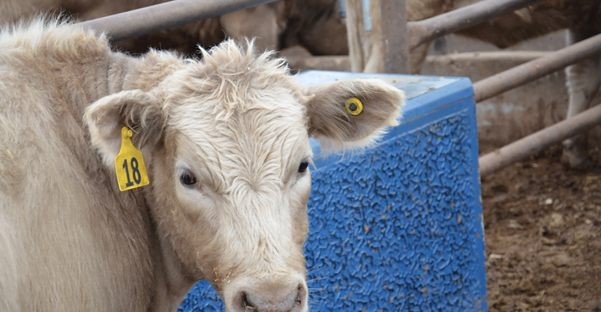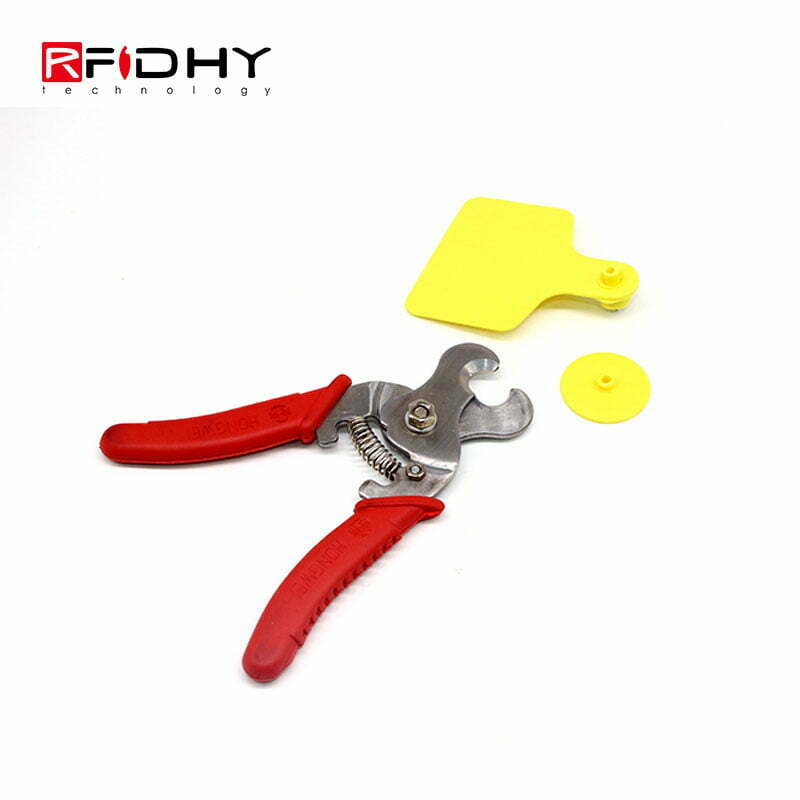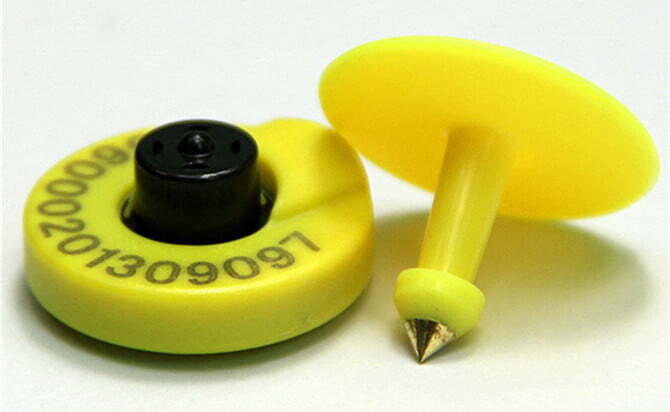Ear tagging is an important part of livestock management. Tagging is done to identify and monitor the animal. So, it is important that they are tagged in a proper manner. While, tagging an animal it should be ensured that they don’t get infected and the tags shouldn’t get lost during the lifetime.
What is an ear tag?
An ear tag is a plastic or metal object that carries an identification number on it and is placed in the ears of an animal. The new Electronic Identification Tag (EID) uses Radio Frequency Identification Device (RFID) technology for more efficient livestock management. These electronic tags use the EID number or the management number on the button that is placed at the back of the animal’s ear. The information on the tag is read and stored with the help of radio waves.
How is an ear tag applied to the animal?
An ear tag carries the fifteen-digit unique Animal Identification Number (AIN) along with few other details like Property Identification Number. The AIN consists of a 3-digit company code and rest 12-digit individual animal number. It can be applied by hand or by an ear tag applicator. An animal can be tagged on one ear or both, depending on the purpose of the tagging. The button like RFID chip is fixed to the ear in a process similar to the piercing of human ear. An ID reader is used to scan and collect the data from these tags, which is then downloaded and stored in a computer. This process reduces chances of error and keep a record of all the data related to an animal at one else.

1. Settle the animal- Secure the animal and stabilize its head before tagging. An unstable animal can lead to wrong tagging and injury to the animal as well as the person who is tagging the animal. Use a cattle chute with a head gate for tagging cattle, and hog boards for pigs. And, hold the head of goats and sheep to keep them firm and stable.
2. Choose the correct tagging point – Place the tag in the middle third of the ear between the upper and lower ribs. Tags placed outside the recommended area can be snagged and ripped out, and tags too close to the animal’s ear can cause pinching or necrosis.
Apply an Electronic identification (EID) tag with the visual panel. Place male portion of the tag on the outside back of the ear with the EID button and female portion inside the ear.
3. Use the applicator correctly – Place half of the tag onto the applicator. The stud should be completely onto the applicator pin and the button portion under the opposite clip. Ensure that the applicator pin is not bent or broken and the applicator is correctly aligned before tagging the animal. Once placed properly at the tagging point, firmly and quickly close the applicator and release. Thereafter, inspect the animal ear to check if tagging is done properly and record the animal data.
4. Monitor infections – After the animal is tagged, watch for any infection. Apply hydrogen peroxide to the tagging point for a week to prevent the animal’s ear from getting infected. Consult a veterinarian if any serious infection occurs.
5. Check EID number – When using EID tags, ensure that the number printed on the visual panel, which is the male portion of the tag should match with the 15-digit number on the electronic tag button which is the female portion.

- Place the hook between the male side of the tag and the animal’s ear in a way that the blade encircles the stem of the tag.
- Firmly hold the handle and gently pull on the hook while moving it up and down in a twisting motion. The blade will slice through the stem. Don’t tug too hard as this can tear the animal’s ear.
- Clean the tag point with an antiseptic or apply hydrogen peroxide to prevent an infection
- Tattoo the tag number to the inside of the animal’s ear with a handheld animal tattoo outfit and antiseptic ink so that the animal can still be identified without an ear tag.






